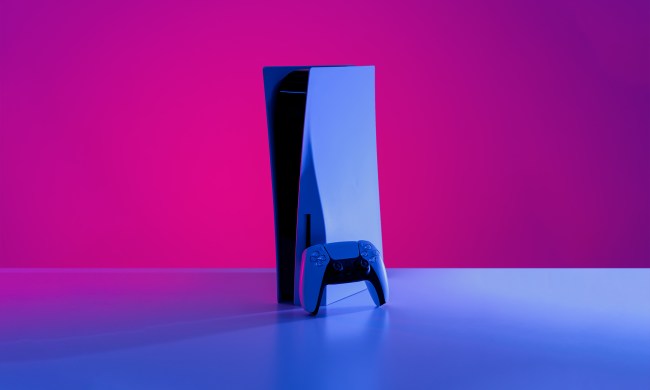Today marked Microsoft’s annual Surface event. This year a lot of attention might have been focused on the Surface Pro 8 and the new Surface Laptop Studio. Cool as they are, there’s one small thing that was important to me: The new Surface Pro X.
The original Surface Pro X was announced about two years ago and delivered a massive redesign to the Surface Pro as we knew it. Yet it also had a custom Microsoft SQ1 chip based on an ARM-based processor under the hood. It was quite promising, and the hardware was beautiful, but it flopped for many reasons that we’ve well documented.
But Microsoft didn’t quit. Now in 2021, Microsoft is back with another Surface Pro X. Yet, this time around, things are very different. The company finally made some important software changes that might make the Surface Pro X finally live up to its potential.
It’s now cheaper than the Surface Pro 8

The first thing that makes the Surface Pro X right has a lot to do with the price. The new Surface Pro 8 starts at $1,099, yet the Wi-Fi-only variant of the Surface Pro X only comes in at $900. That’s a full $200 cheaper, saving you money for extra purchases like the new Surface Slim Pen 2 as well as the Type Cover Keyboard.
But let’s turn back the clock a bit. When the original Surface Pro X launched, it started at $1,000, and mid-range configurations pushed closer to $1,200. The new Surface Pro X, however, is now a full $100 cheaper than when it first launched. That’s even cheaper than Apple’s own 12.9-inch Wi-Fi-only iPad Pro, which currently starts at $1,100.
Dropping that price to a level even below the flagship Surface Pro 8 is quite an interesting move for Microsoft, where premium devices usually retail for $1,000 or more. The company could be enticing people to try out its own take on Apple’s M1 MacBook Air, which is also powered by ARM processors.
Of course, with the change in the price, you won’t be getting the benefits of LTE. But there are other benefits that you won’t get over the Surface Pro 8. That includes instant wake from sleep and longer battery life. So, if you’re after a slim and light device, then Microsoft has you covered in more ways than one.
Windows 11 fixes app issues

The difference-maker in the price also has a lot to do with the chip inside the device. The Surface Pro 8 uses Intel processors, but the new Pro X is powered by the same Microsoft SQ1 or SQ2 processor as last year’s model. Intel is known to have a firm grip on the chip market, and with Microsoft opting to use a custom ARM CPU based on Qualcomm’s technology, it has more chances to tweak the software to ensure a quality experience for the end-user — without upsetting one of its biggest partners.
That’s exactly what happened with the Surface Pro X. While the original device was powered by Windows 10, it only worked with 32-bit apps, which all ran under emulation. At times, apps froze up, and a large set of apps weren’t compatible with the Pro X (because of the lack of 64-bit support.) In the two years since the Pro X launches, Microsoft just may have fixed that problem.
Thanks to a Qualcomm Developer Kit, as well as the introduction of a 64-bit emulation layer in the ARM version of Windows 11, things should now run a lot smoother. Microsoft promises that more applications than ever before are at your fingertips of the device. The company even worked to optimize its own apps for the Pro X, including Edge, Teams, and Office. Even Adobe’s own apps work well, too.
In the end, we’ll need to wait and try improved performance all out ourselves before giving a final verdict. But the stage is set for the Surface Pro X to finally be the flagship ARM device Microsoft always needed it to be.


